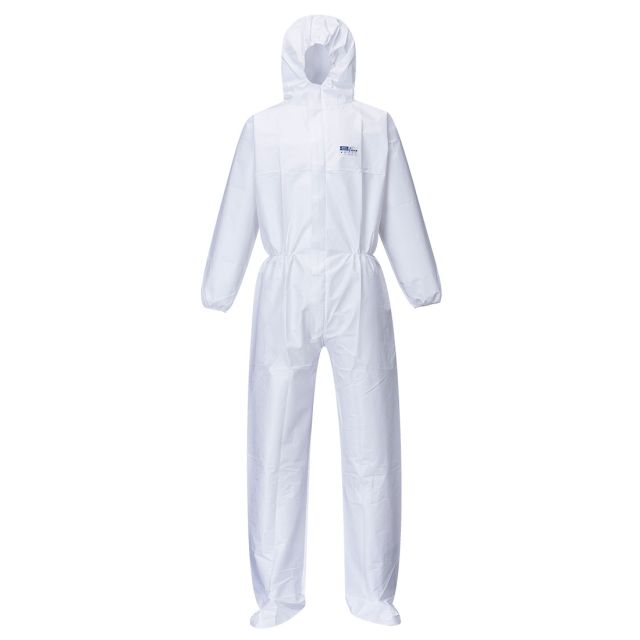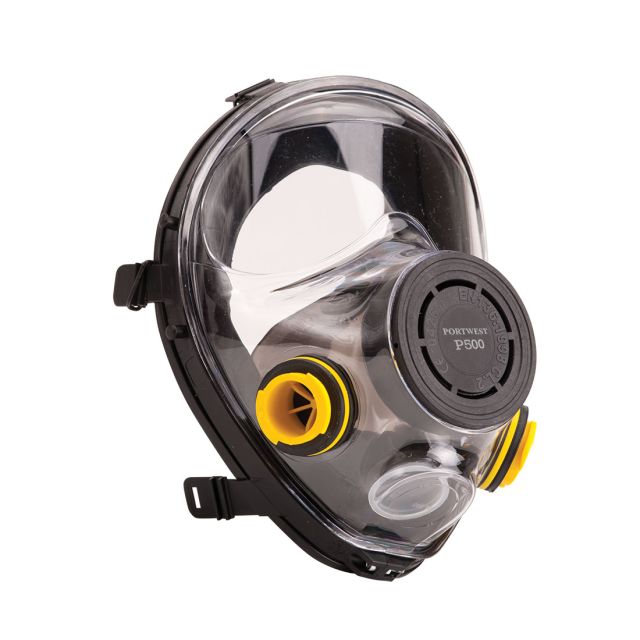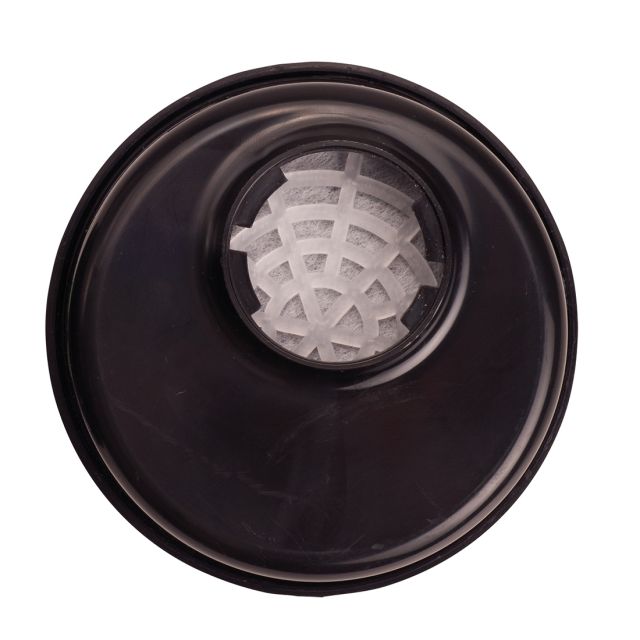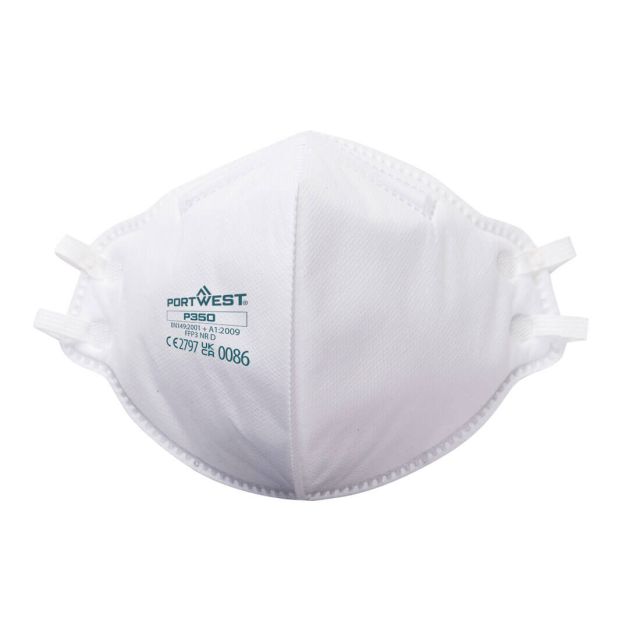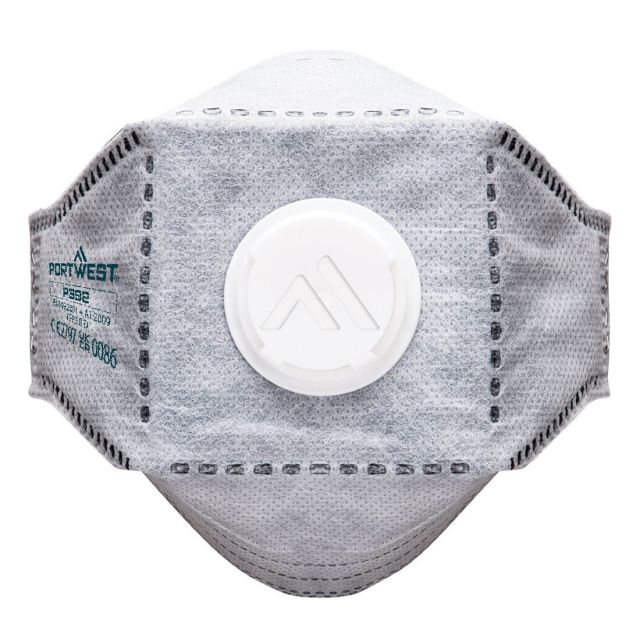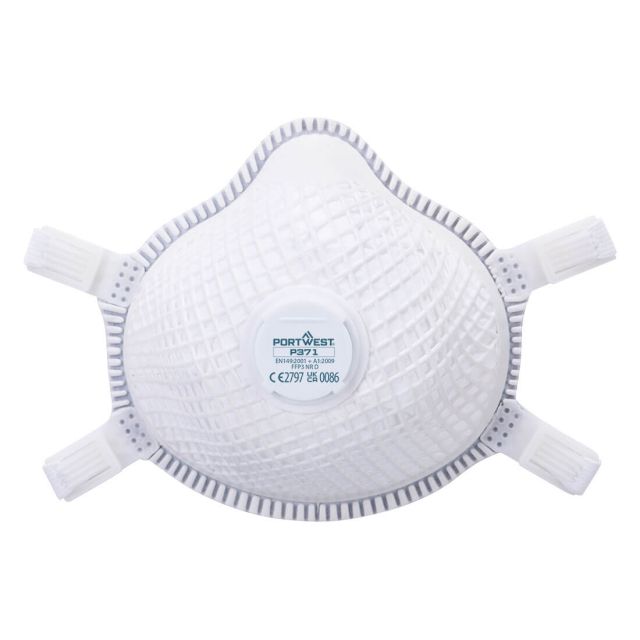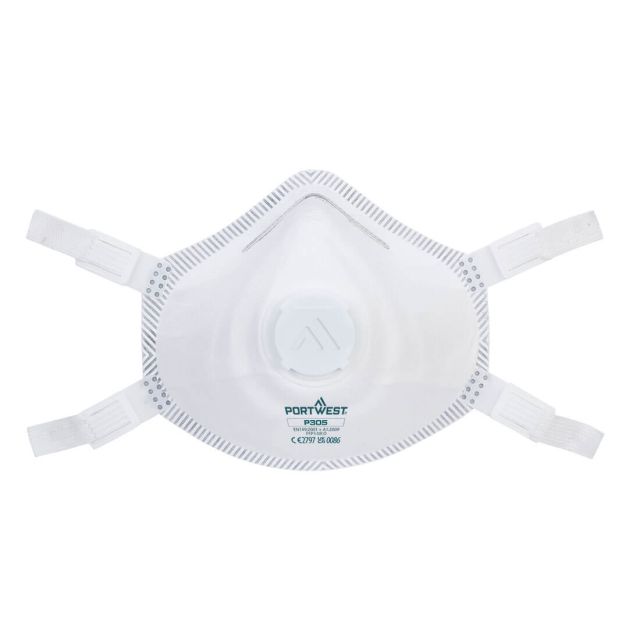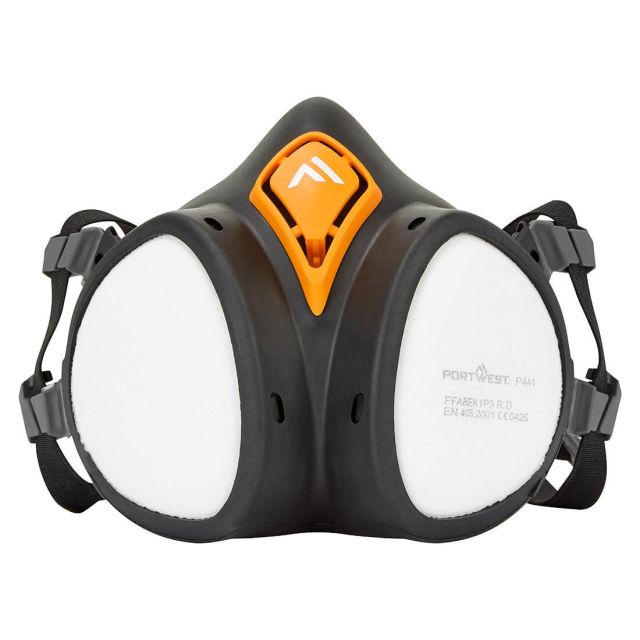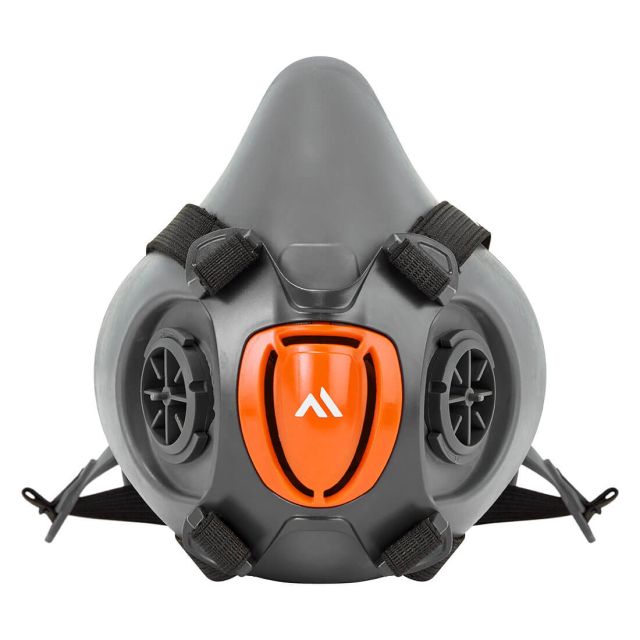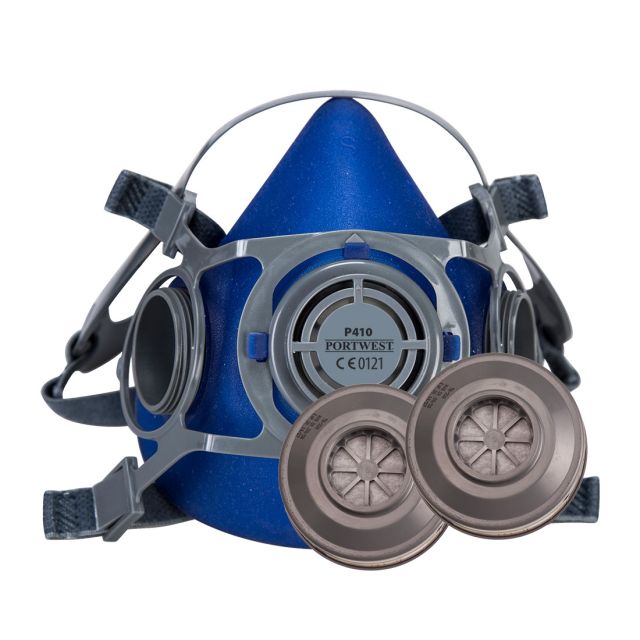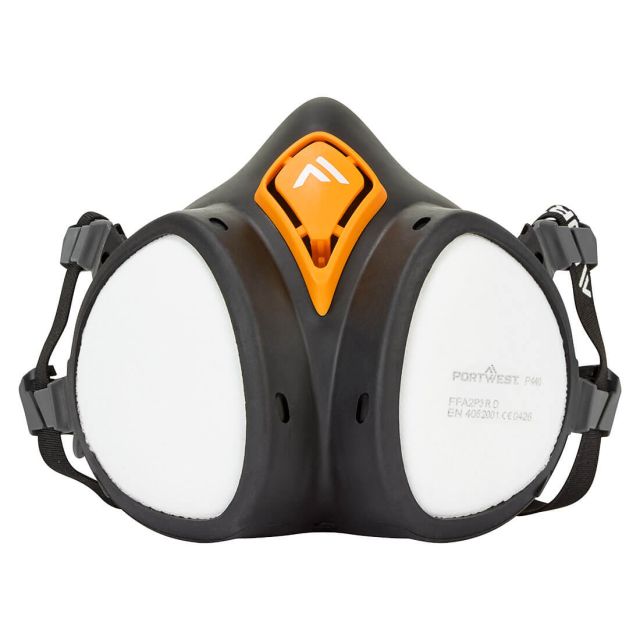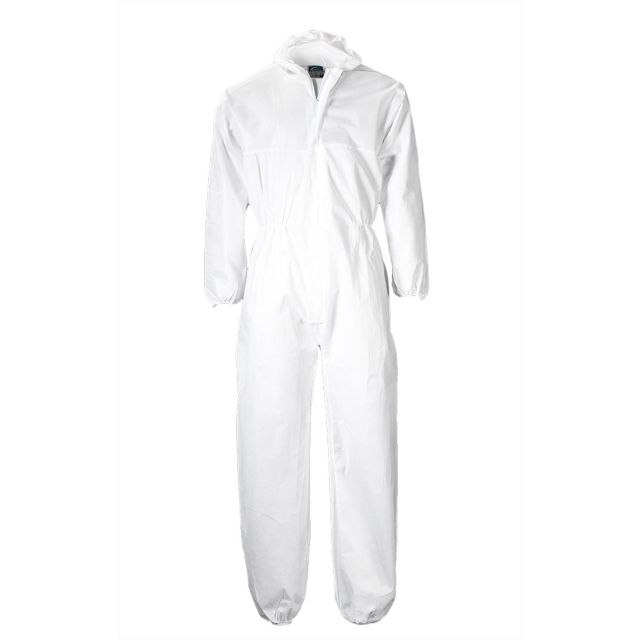When was Asbestos Banned in the UK?
A recent survey found that nearly one in four construction workers in the UK may be exposed to asbestos, which places them at a higher risk of contracting terminal illnesses later in life, despite the fact that asbestos has been banned since 1999.
The survey's findings plus the fact that there are potentially half a million buildings around the UK still containing asbestos fibres adds to the trend that Britons have the world's highest chance of dying from mesothelioma, an extremely deadly form of cancer.
- Page Contents
- What Is Asbestos
- Why Was Asbestos Banned?
- Who Is At Risk?
- How Do You Protect Against Asbestos?
- Conclusion
What is Asbestos?
"Asbestos" is a catch-all term used to refer to 6 naturally occurring silicate minerals that have been used by Humans for over 4500 years. The 6 Asbestos minerals are:
- Chrysotile
- Crocidolite
- Amosite
- Tremolite
- Anthophyllite
- Actinolite
All these minerals are composed of long and thin fibrous crystals being composed of many microscopic fibrils. These fibrils can be released into the atmosphere when disturbed.
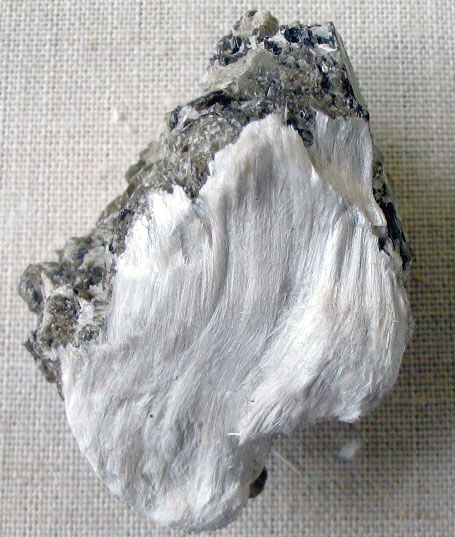
Asbestos is a known health hazard, and use of it as a building material is now banned in many countries as inhalation of the fibrils can lead to various lung conditions
Crocidolite and Amosite, also known as blue and brown asbestos, are the two most dangerous forms and their use was banned in 1985. Chrysotile, also known as white asbestos, was banned in 1999 except for a small number of specialised uses.
Why was Asbestos Banned?
Asbestos was banned after research found it was responsible for several fatal diseases, including:
- Fibrosis of the lungs - scarring which can cause progressive shortness of breath and can be fatal in severe cases.
- Lung Cancer.
- Pleural thickening - the lining of the lungs (pleura) swells, which can squeeze the lungs and cause shortness of breath and discomfort in the chest.
- Mesothelioma - cancer of the tissue that covers many organs. The most common area affected is the lining of the lungs and chest cavity.
IMPORTANT TO NOTE: Just being near or inside a building containing asbestos in its structure does NOT put you at immediate risk of the above problems. You need to be in a position to inhale asbestos dust fibres. See more on who is at risk further down the page.
In particular, mesothelioma is an incurable disease. Although catching any cancer before it reaches an advanced stage can improve the life expectancy of a mesothelioma patient, long-term survival is extremely rare.
The average life expectancy is between 12 and 21 months, with approximately 40 percent of patients living past one year and only nine percent living beyond five years.
The UK is said to possess one of the highest rates of mesothelioma in the world - a statistic which has generally been attributed to the fact that the UK government banned asbestos usage long after other countries did.
Who is At Risk?
Asbestos can still be found in any building built or refurbished before 2000, meaning that although it's been banned for decades, it is still affecting people today.
The most recent statistics for mesothelioma caused by past exposure to asbestos, show 2,257 people died from the disease in 2022. This is slightly lower than the 2,290 deaths in 2021, and substantially lower than the average of 2,529 deaths per year over the period from 2012 to 2020
Construction workers and people who worked with trains or ships prior to the 1980s, whether it was in the rolling stock manufacturing industry, shipbuilding industry or served aboard one, are at the highest risk because of asbestos being so prevalent in older buildings, older trains and ships. Other occupations at high risk include:
- HVAC engineers
- Plasterers
- Roofing contractors
- Demolition crews
- Railway workers
- Painters and Decorators
- Pipe fitters
- Maintenance
- Carpenters
- Joiners
- Plumbers
- Electricians
- Boilermakers
- Teachers (particularly those who work in old or renovated buildings)
How to Protect Your Workers From Asbestos Exposure
Although asbestos has been banned since 1999, experts have estimated that around 90,000 people will have died between 1970 and 2050, which is when the UK's asbestos epidemic is said to have played itself out. That is why you need to take action to protect your workers.
Conduct Risk Assessments
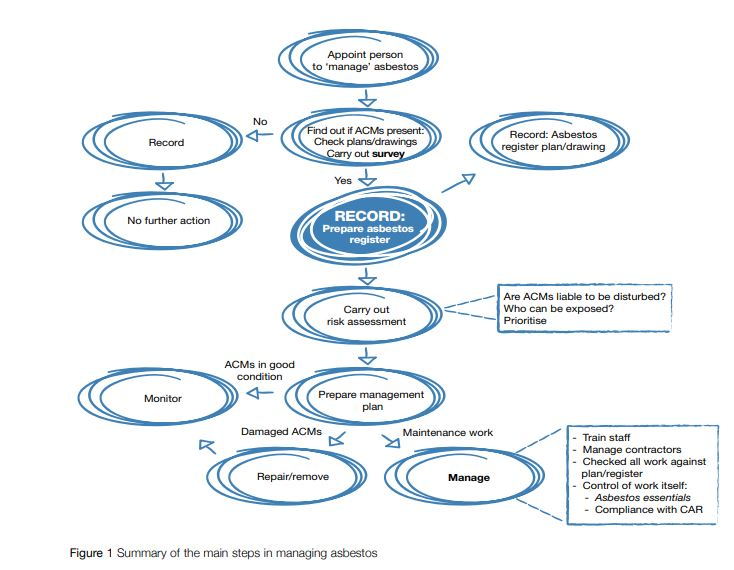
Important To Note: The actual steps of performing an Asbestos risk assessment are quite involved and beyond the scope or authority of this article and author - we cannot offer advice here due to the specialist nature of the risks. However, you can find everything you need to know in this Asbestos Survey Guide from HSE in a downloadable PDF format.
You will already know how important it is to conduct risk assessments and key safety checks before you start work, but ensure that you always consider asbestos as part of the possible health risks. Those responsible for the building, for example, are legally required to provide you with information on the location and the materials.
If there are any asbestos-containing materials, they need to be identified before the work starts. You then need to decide whether these materials need to be handled by a specialist asbestos removal team or to consult the health and safety representative, if there is one, about the appropriate control measures that should be taken.
If you are not sure about any materials, ensure they are tested as soon as possible by a specialist laboratory.
Train Workers to Know the Risks and Precautions They Need to Take
Ensure you train your workers on the risks of asbestos and instruct them on what to do if they encounter asbestos-containing materials.
For example, they should:
- Keep the material damp while they work on it.
- Use hand tools, not power tools which create more dust.
- Use personal protective equipment (PPE) such as respirators, disposable coveralls, goggles etc
- Clean up as they work to prevent waste piling up.
- Clear up asbestos dust using "Type H" vacuum cleaners or damp cloths.
- Wash their hands and face when they are taking a break from work or have finished.
- Placing asbestos waste in a sealed, labelled container before disposing of the debris in the correct manner.
If your team encounter any hidden materials which may contain asbestos, ensure that they stop work immediately and get advice. Identifying asbestos-containing materials isn't easy and you may need to get it sent off to specialist laboratories.
These steps will help to reduce, control and prevent asbestos exposure to the lowest levels possible.
Provide the appropriate personal protective equipment (ppe)
Make sure that you provide your workers with the appropriate protective clothing and equipment before they start work. For example, respirators and protective gloves can reduce exposure to asbestos.
Make sure that you keep on top of PPE maintenance by regularly inspecting equipment for signs of damage and replacing them when necessary. As well as providing PPE, ensure that your staff are trained on how to use equipment and clothing in the safest way possible.
We recommend speaking to a BSiF Registered Safety Supplier such as XAMAX® to ensure the PPE items you provide meet required safety standards.
Respiratory protection must meet at least FFP3 standards. Dust masks or Half Face masks with a P3 rating are good enough, however a full face mask covering the eyes is recommended by HSE.
These Disposable Masks meet the minimum standards. Always dispose of the mask after removing:
These Half Masks and filters meet the minimum standards. Always clean the mask properly after removing:
Don;t forget that any respiratory protection should fit the wearer correctly.
Coveralls for work with asbestos must meet category 3 standards. Within CE category 3 there are several 'types' of coverall:
- Type 2 EN 943:1995 - non gas tight suits which retain a positive internal pressure to prevent the ingress of dusts, liquids or vapours
- Type 5 EN ISO 13982 -1 - protective clothing for use against solid particulate chemicals
- Type 6 EN 13034 - reduced spray suits, suitable for protection against hazardous sprays and splashes as fine droplet, non directional sprays
These disposable coveralls meet EN ISO 13982-1 and EN 13034 and are suitable for working with Asbestos.
Eye, Ear, Foot and Hand protection must meet the usual standards for PPE.
Conclusion
Asbestos might have been banned for 20 years, but it is known as the killer that still surrounds us. With many buildings still containing traces of asbestos, it is important that you and your team are always alert when it comes to working with materials that may contain the mineral.
Disclaimer
Any product listed above is added to this article for informational purposes only. No guarantees of suitability for any task of any kind is implied and nothing in this article constitutes a recommendation. Product adherence to safety standards are the responsibility of the manufacturer. It is the responsibility of the user's employer to ensure the safety of the worker.
- How Long Does PPE Last? (Probably Not As Long As You Think) - 12th March 2025
- BSIF Issues Urgent Warning: 90% of PPE from Non-Registered Providers Fails Safety Tests (2025) - 10th February 2025
- Understanding UK Safety Standards for Respiratory Protection - 14th October 2024







